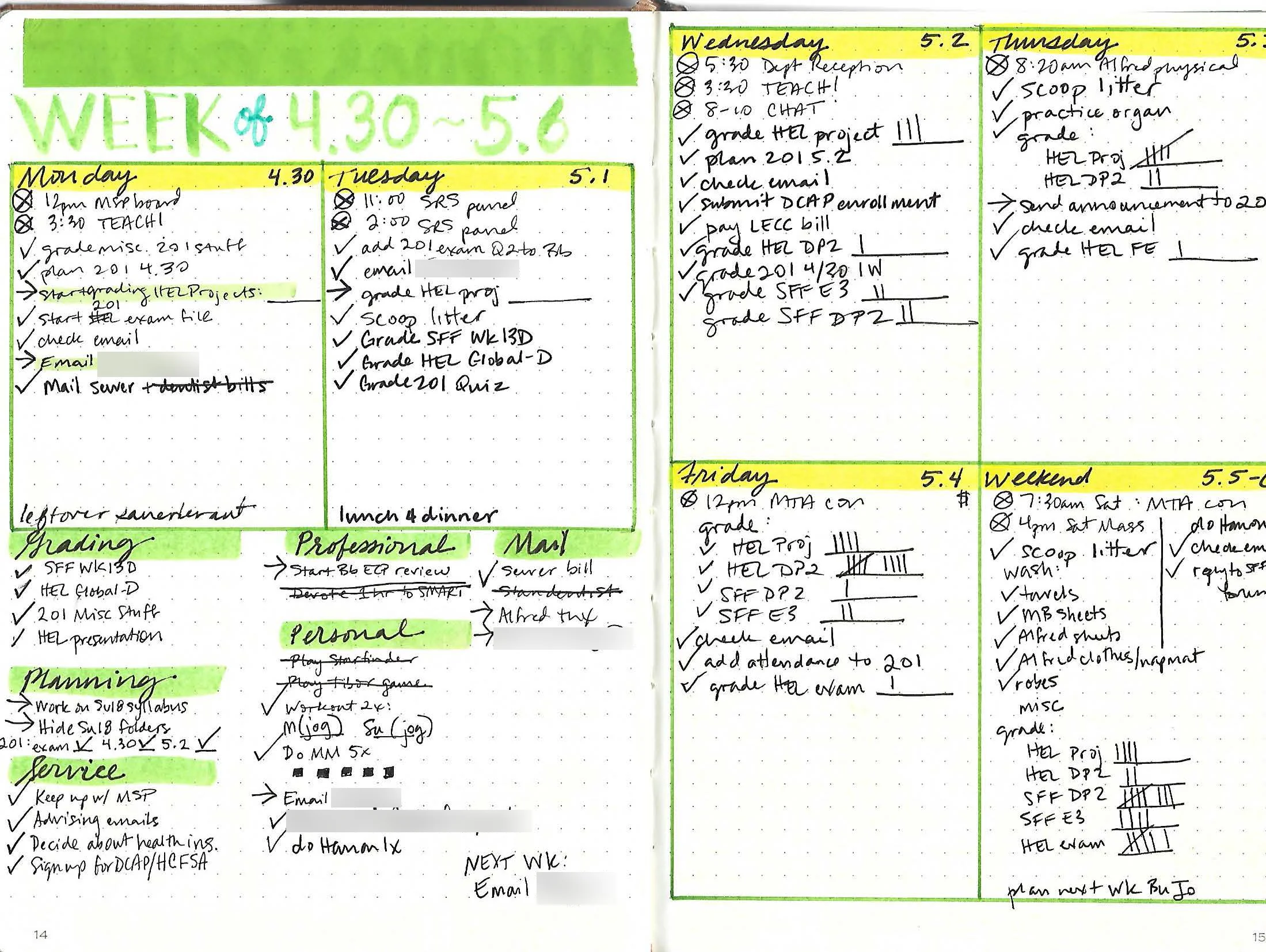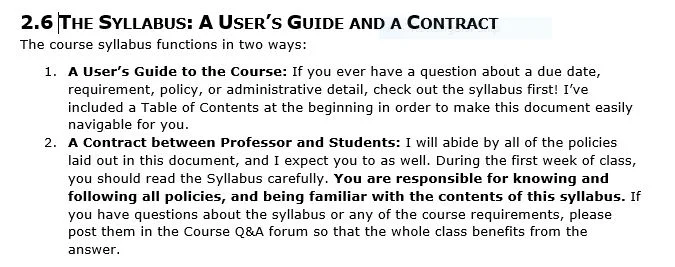The Portfolio Approach to Grading Discussion in Online Classes
In a previous essay, I talked about how to manage online discussion in a way that nurtures the discussion forums as a meaningful space for students to build knowledge and community. How should discussion participation be assessed, though? I’ve tried several different ways of grading discussion, but I keep coming back to one particular method, a method which I’ve refined over several semesters and which works well for me: portfolios.
Portfolios have a number of advantages for online discussion assessment. They:
- Encourage students to reflect and grow in their participation
- Foster a community atmosphere of informal conversation
- Enable meaningful and efficient instructor feedback
The overall student discussion grade is split into two components:
- Discussion Quantity/Timeliness (15% of course grade)
- Discussion Quality (15% of course grade)
Discussion Quantity/Timeliness assesses whether students are participating the required amount, on the required timetable. In essence, students earn points simply for showing up each week. I explicitly tell students that this is an easy portion of their grade to do well on. All they have to do is make at least two substantial (i.e. meeting a certain word count), on-topic posts each week by Thursday and Sunday, and they’ll earn 100% for this part of their course grade.
Discussion Quality is assessed via portfolios that students compile and submit at regular intervals throughout the semester (two or three times, depending upon the class). In the portfolio, students select their best three discussion posts, reflect upon their choices, and complete a self-evaluation using the same grading rubric that I do. The portfolio assignment also asks them to think about the class as a community of learners, since they must include and discuss their choice of the best post overall by a student other than themselves. I provide students with a template file (in Word format) that they can use to make sure they’re including all of the required components.
From the perspective of my own teaching workload, portfolios are an effective way to assess and provide individual feedback. A traditional approach of grading each individual discussion post can rapidly become overwhelming – even with a modest class-size of 20, that’s 40 posts per week to grade for a single class. The portfolio approach allows me to simply check-off each student’s quantity/timeliness on a weekly basis.
Freed from the pressure to grade each individual post, portfolios enable me to moderate and participate in the discussion myself without judging each student in each post. I will often make informal comments about things students could do to improve their discussion contributions, but that advice does not need to be immediately tied to a grade. My comments then can be seen as advice for improvement rather than justification for a score.
What I truly want to foster in my discussion forums above all is conversation. Portfolio grading is an important part of creating that conversational atmosphere. Students feel more empowered to experiment with ideas and approaches when every sentence isn’t being assessed. Moreover, portfolio grading encourages students to take ownership of their own participation. The final section in each portfolio assignment asks students to reflect on they will improve their participation in the upcoming weeks (or, for the final portfolio, what they’ll take away from their discussion participation in this class to apply in other online classes). These reflective components invite students to construct their own mental models of what it means to be a valuable member of the classroom community.
For anyone who wants to borrow this approach to online discussion assessment, here are three sample documents:





